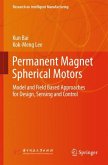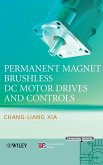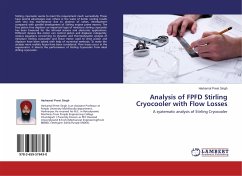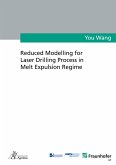The requirements of an electrical machine (EM) in Electric- (EV) and Hybrid Electric Vehicles (HEV) are high power density, a stator and rotor field with low harmonic content and best acoustic behavior. Six-phase permanent magnet synchronous machines (PMSM) have significant benefits over conventional three-phase PMSMs, such as reduced current per inverter phase leg, less fundamental losses because of a better winding factor and increased fault tolerance. Despite their advantages, considering the same installation space, the torque per ampere increase of a six-phase PMSM is very marginal. Therefore, the main focus of this dissertation lies in increasing the power density of the multiphase electric drive, where optimizations and investigations are done on a system level. System level simulation models, which consist of the power electronics, different control strategies and the electrical machines are developed and studied. Considering the electrical and mechanical phase shift between the two three-phase winding sets, different winding concepts of the sixphase EM are developed, in an effort to gain a better understanding of their advantages and disadvantages. Detailed analyses are performed, in order to understand the sources and influences of the space harmonics and high frequency inverter-induced time harmonics on the losses and performance of the EM. In particular, this dissertation will examine the EM torque, iron losses, magnet losses and copper losses for both inverter switched currents and sinusoidal currents supply.
Bitte wählen Sie Ihr Anliegen aus.
Rechnungen
Retourenschein anfordern
Bestellstatus
Storno








